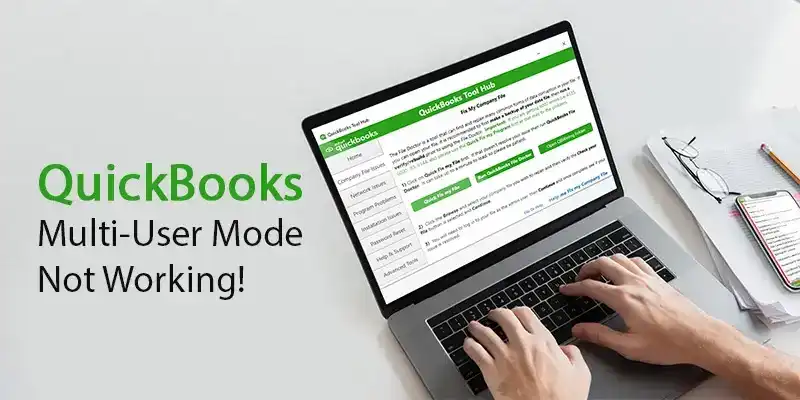
How to Track Your IRS Tax Refund: A Step-by-Step Guide
With the hectic tax season fast approaching, both tax professionals and taxpayers across the United States are busy in getting the numbers in the right order and avoid those last-minute hassles. However, it can’t be ruled out that the reformed IRS rules and the new tax forms, which came into existence after the implementation of Tax Cuts and Jobs Act 2017, have made the tax preparation and filing process quite confusing and challenging for many.
Now, when the talk is about the complexities related to the IRS taxation process, claiming income tax refunds is one aspect, which deserves a special mention. While whittling down the tax bills, a lot of filers end up paying more cash to the federal government tax agency every year (for various known/unknown reasons) than their actual tax liability.
The IRS, on the other hand, is supposed to review every return and refund the overpaid amount to the taxpayer at the earliest. But the catch here is: one needs to file electronically to speed up the time taken by the IRS to review his/her return and issue the refund check. According to the IRS, those who e-file their returns usually get their refund in 21 days or less while those who choose other methods for return filing often have to wait a bit longer.
Apart from e-filing, there are several other options that taxpayers can follow to easily and quickly get their tax refunds. Here’s a list of some major options.
1. File Early and Get Your Refund ASAP:
This may seem like a no-brainer. Early submission of your returns is undoubtedly one of the best ways to receive your tax refund in your bank account quickly. Plus, there are a lot of benefits associated with early filing. It significantly reduces the chances of tax return fraud. Even if something goes wrong with your return filing, you will have enough time to get things sorted and still be eligible to get a refund.
2. Opt for Direct Deposit of Your Tax Refund
According to the IRS, 9 out of 10 taxpayers use electronic filing and direct deposit to quickly and efficiently get back their due money back. The IRS can deposit the overpaid sum to a checking or savings account, including an individual retirement arrangement. But this facility is only available for those individuals who have a US-based bank account. For those, who do not have a U.S. account, or do not request direct deposit, the IRS mails a check to the address given on the tax return. Also, the filers can log on to ‘Where’s My Refund’ Portal to track their direct deposit refund online.
3. Use Multiple Accounts for Direct Deposit
This is another great option to receive your money back. Taxpayers can have their deposit split into 3 different accounts. You can even direct partial or all of your refund to your IRA. You can either choose tax preparation software or fill up and submit Form 8888 with your return highlighting that you want your refund to be divided and deposited in different accounts. It is to be noted that the accounts should be in your or your spouse’s name or it should joint accounts.
4. Tax Refund Anticipation Loan
There are certain agencies that offer tax refund anticipation loans to the taxpayers. Also referred to as an instant refund or rapid refund, tax refund anticipation credits allow you to get your money in your account in just a couple of days. And when you receive your refund from the IRS, it directly goes to the service provider. However, this can be a costly option as the service providers charge a hefty sum of fees to process such loans.
5. Purchase Savings Bonds
Since 2010, the federal government tax agency has been offering the option to buy savings bonds to the taxpayers. While filing Form 8888 with tax return, you need to mention. Whether you want to use the whole tax refund or just a fraction of it to purchase Series I savings bonds. The bonds available through this program cost $50 each and you can only invest up to $5,000 to purchase saving bonds. Through these bonds, you can earn two different kinds of interest at:
i. a fixed, standard rate,
ii. a rate that’s adjusted every six months for inflation.
6. Refundable Tax Credits
If you are someone with a very low or moderate income, you may be eligible for the earned income tax credit (EITC). Even if you haven’t paid more through withholding or estimated tax payments during the financial year, the federal agency mails you a refund check if you qualify for this type of refundable tax credit. The money that you will receive through this generally depends on your annual income and the total number of children that you have.
Avoid Claiming a Tax Refund for Your Own Good
Receiving a handsome amount of money in the early spring sounds like a great deal. But it is also a reality that getting a tax refund is not necessarily a good thing. Overpaying taxes throughout the year means you are giving out your hard-earned money to the Government that too without any interest.
It is advised to adjust the withholdings from your income by filling up a new W-4 form to your employer. So that only a little amount of money is deducted from your paycheck. By doing so, you will have more cash in your account on each payday than waiting for the agency to send you. Your own money at the end of the year.






